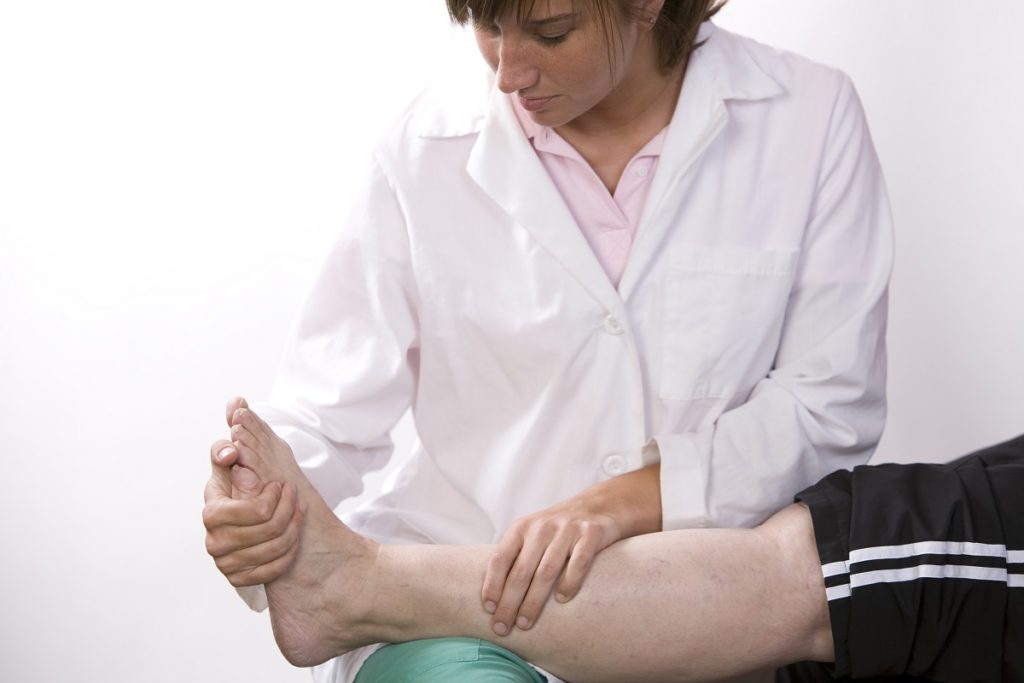A hammertoe is a common foot condition characterized by the bending of a toe at its first joint. This causes the toe to look like an inverted V from a side view. The condition affects all toes, but, in most cases, spares the big toe. It is more common among females. There are two hammertoe types, including rigid and flexible. Doctors find flexible hammertoes easy to diagnose and treat, unlike the rigid form. Rigid hammertoes are common in those with severe arthritis.
Experts in a podiatry clinic in Singapore believe hammertoes happen due to the abnormal balance of the toe muscles. This results in increased pressure on the joints and tendons of the toe, causing a contracture. Genetics, ill-fitting shoes, trauma, and arthritis cause hammertoes. Orthotic devices, medications, and padding relieve the pain associated with hammertoes to some extent. There will be times when doctors will suggest the following surgical alternatives to treat the condition:
Tendon Transfer
This will pull the affected toe into its correct position. Tendon transfer generally works for flexible hammertoes. Your tendons attach muscles to bone. During surgery, a podiatrist will pull the tendon near the affected toe across the toe’s top. This pulling straightens your toe and compensates for its muscle weakness. This, in turn, improves the toe’s appearance and minimizes pain.
Joint Resection
This is only used for rigid hammertoes. In the procedure, the podiatrist will cut tendons and ligaments in the affected toe. In so doing, he/she straightens the toe. Joint resection might also involve the removal of a part of your bone. The surgeon will use temporary pins to hold the toe in place after the surgery. They will remove these pins a few weeks after your toe has healed.
Fusion
Doctors use fusion to diminish the severity of a rigid hammertoe. For this treatment, the podiatrist will remove a part of your toe’s ligaments, tendons, and bone ends. He/she then allows the remaining bones to grow together with pins that hold them in place. They will remove the pins after the bones fuse together. Fusion for hammertoes will straighten the affected toes and reduce pain.

Amputation
In a few cases, the podiatrist will recommend amputation. This is often in cases where patients have severe pain and deformity, and other treatment alternatives did not work. An amputation is the last treatment option for hammertoes since it changes the balance and the look of a patient’s foot permanently.
In most instances, surgeons conduct hammertoe surgery as outpatient procedures. This means you will go home on the same day after your surgery if there are no complications. Specialists perform surgery using a local anesthetic that numbs only the affected toe. After the surgery, doctors recommend patients elevate their feet for a few weeks to hasten healing and to decrease pain.









